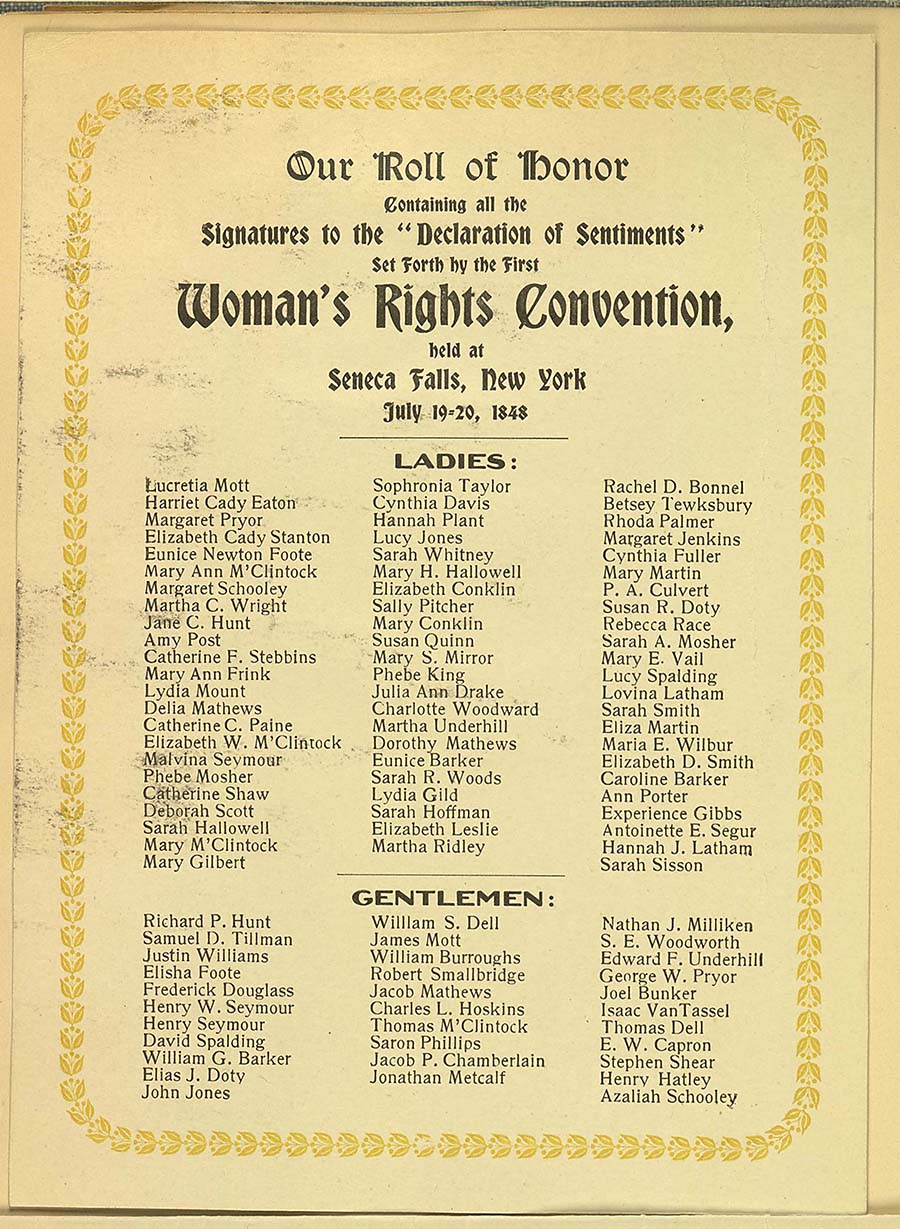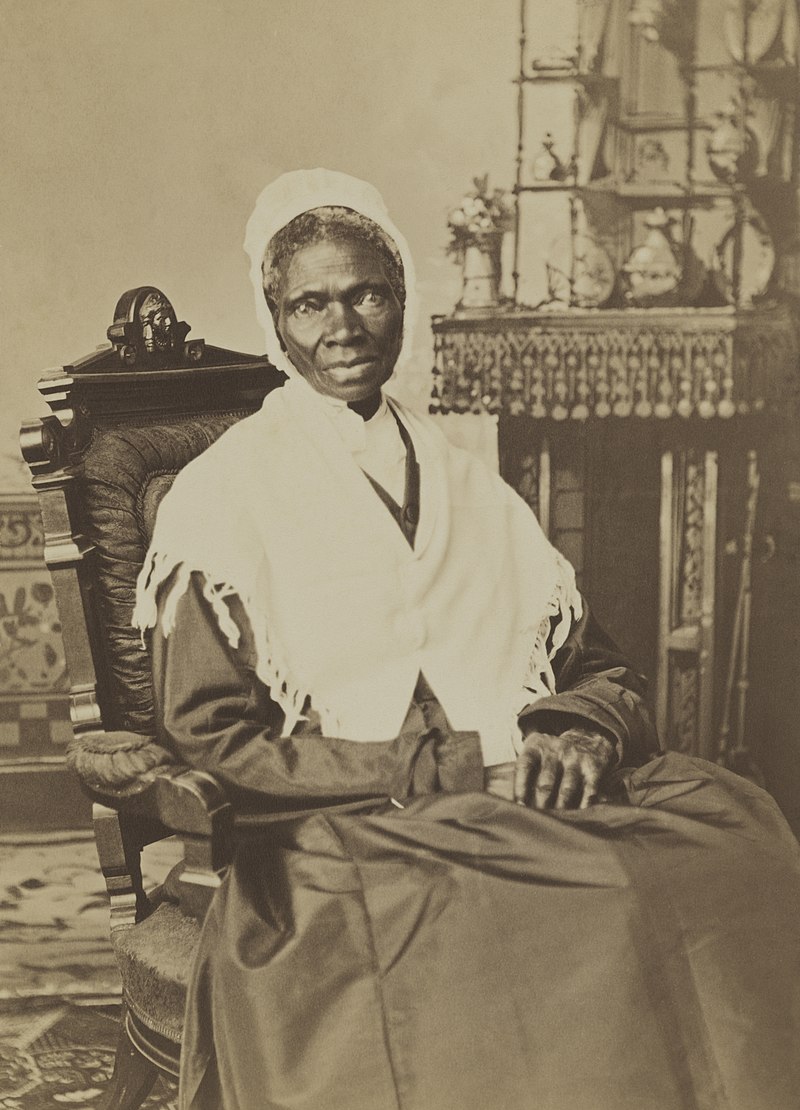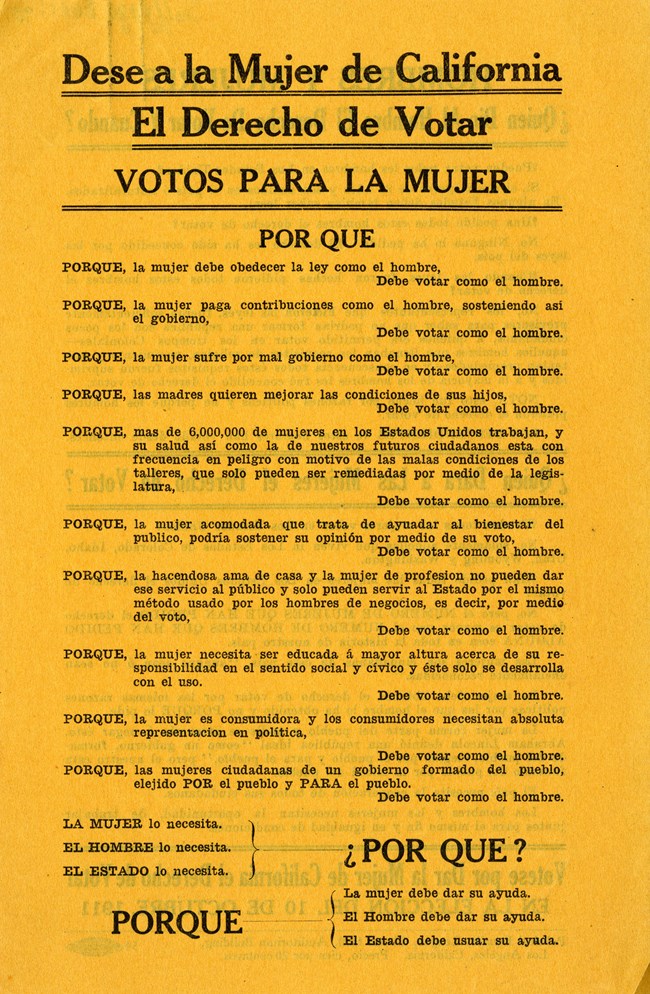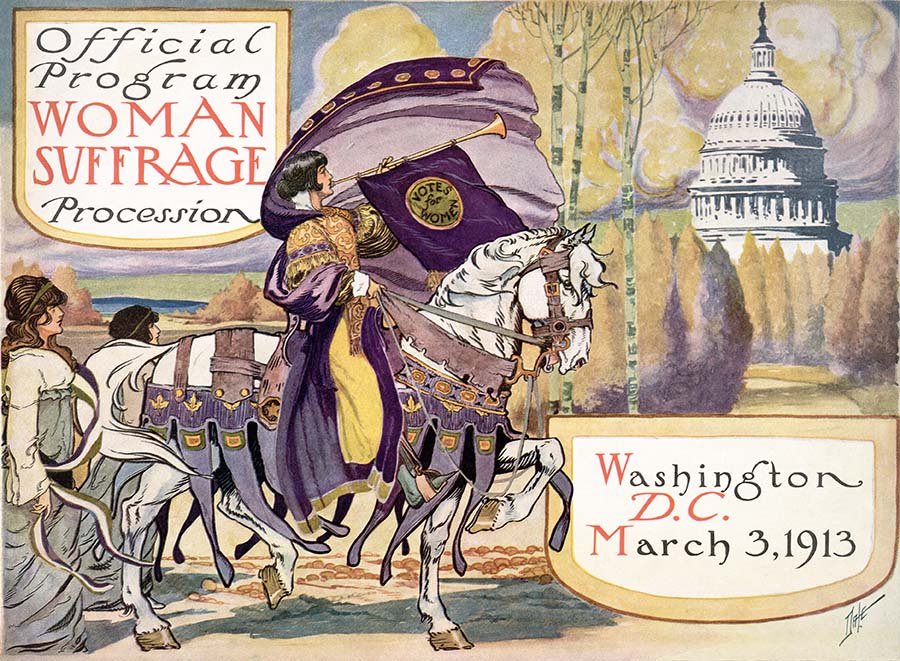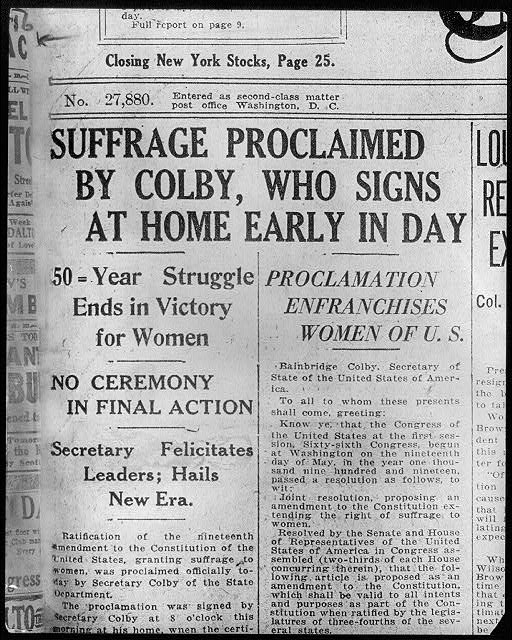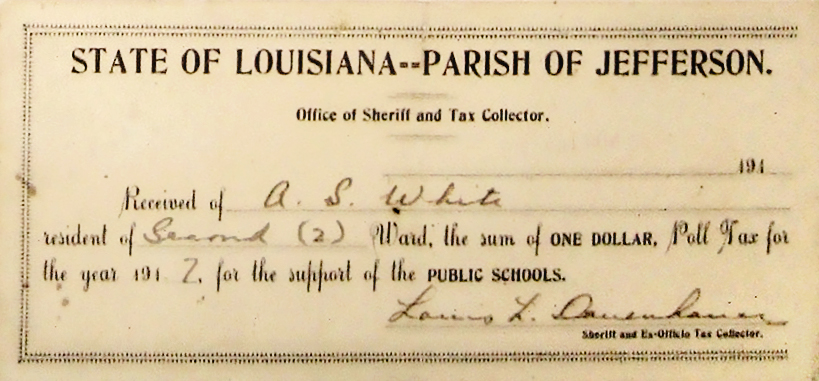We maintain hope of a bright future ahead as we work collectively to speed up the pace of progress after centuries of deliberate repression of women and communities of color. The right of all women to participate equally in the political process, whether as citizens, voters, or candidates, is still relatively new, and we must continue to propel all women forward, with a deliberately interracial, intersectional focus.
Our elected leadership reflects the distance all women still have to travel towards political equality: today, women make up more than half of the American population and voting base, but only 25% of the U.S. Senate and 23% of the House of Representatives. The national average of female representatives in state legislatures is 29%. And of all U.S. elected officials, just 4% are women of color.
When women run, they win just as often as men. Close the Gap California is committed to achieving gender equality in the California State Legislature by 2028, by recruiting progressive women, especially women of color, to run for Legislative seats. Join Close the Gap California’s campaign and help bring the long march to equality to its victorious end.


